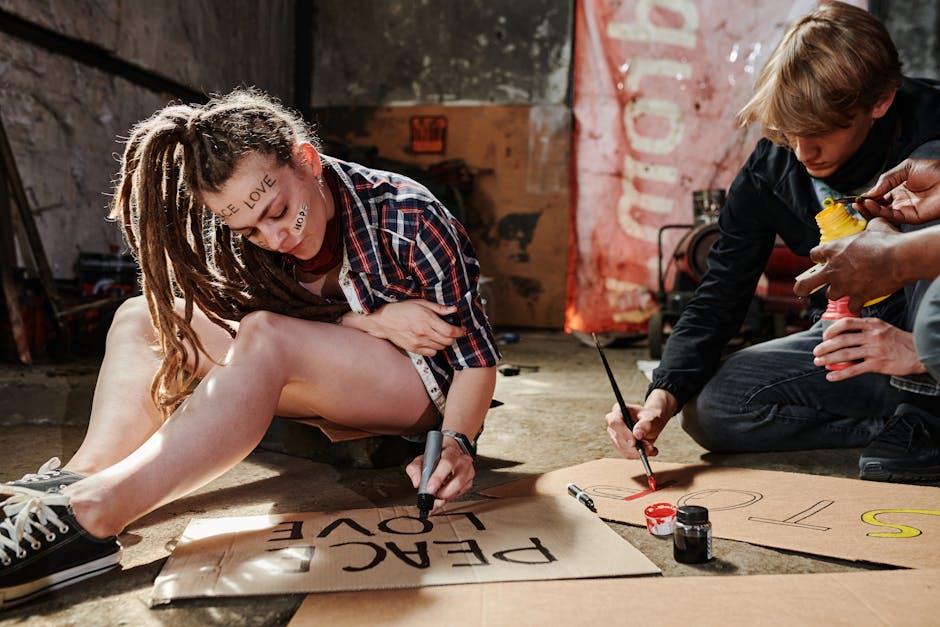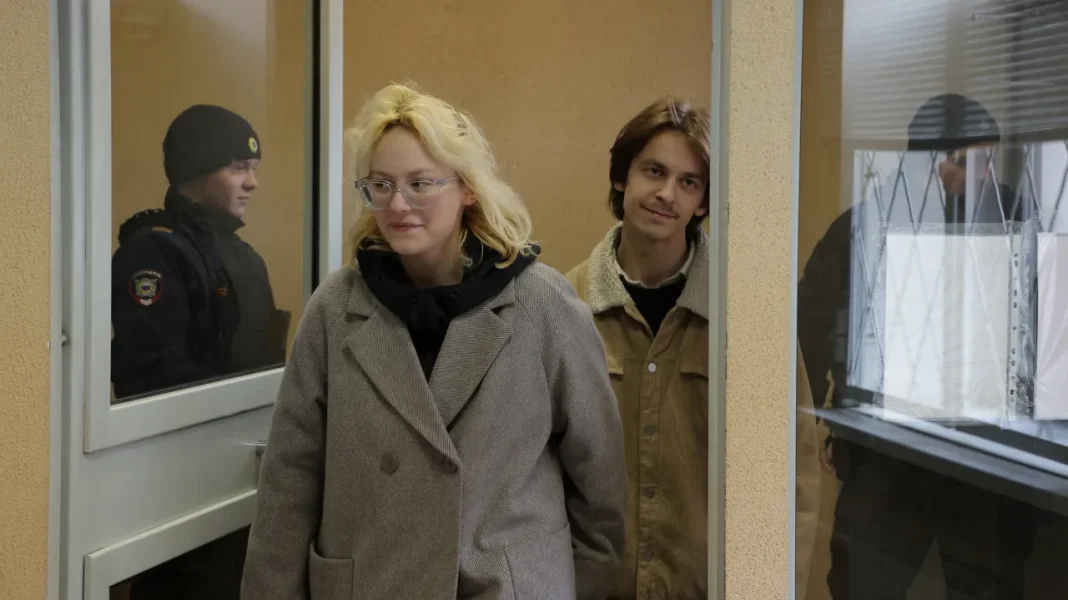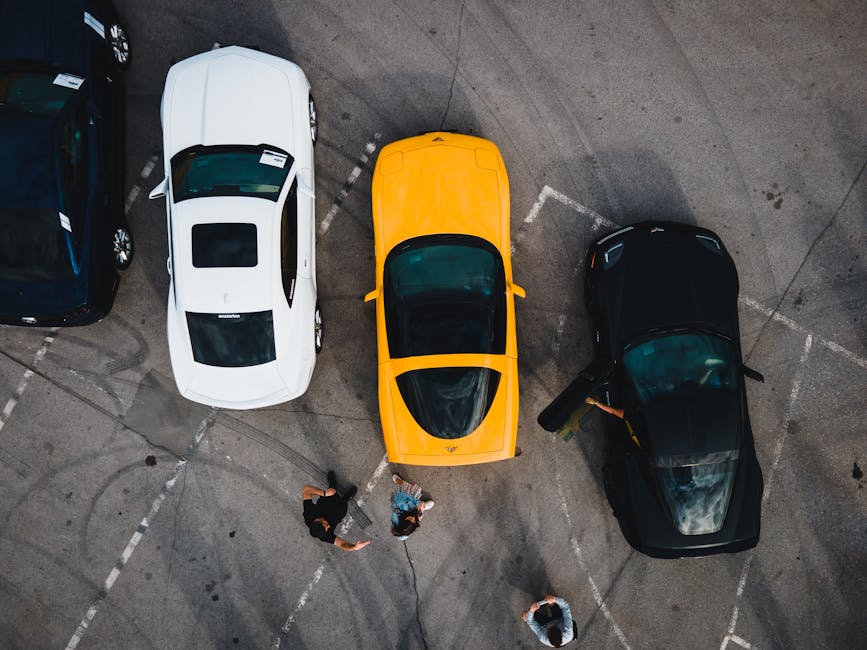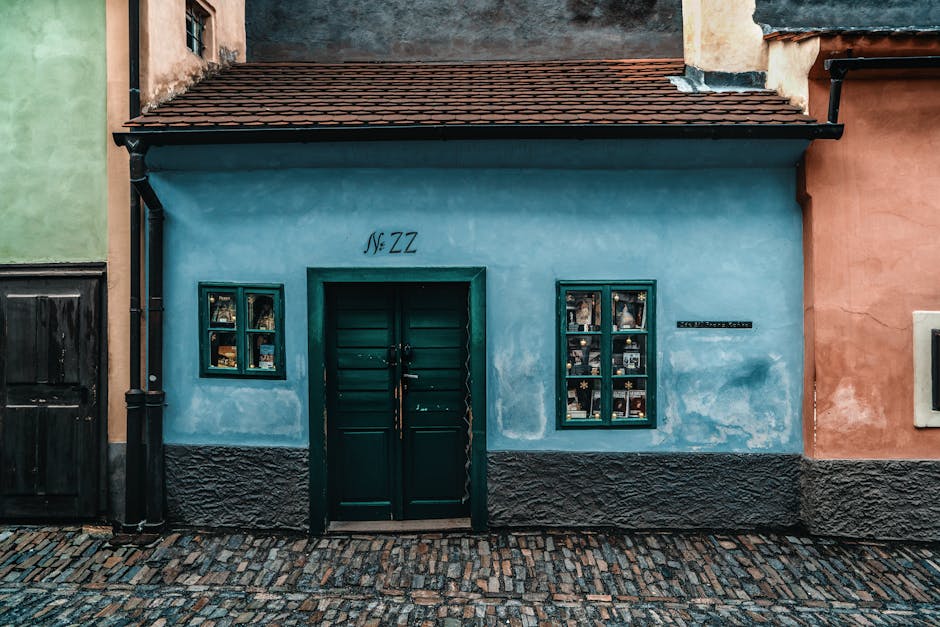In a decision that has sparked international controversy, a Russian court has extended the prison sentence of a young artist known for their outspoken views and provocative works. The ruling has been met with widespread criticism, particularly within artistic and human rights communities.
The Case of the Young Artist

The artist, whose identity remains under legal protection, was initially sentenced for charges that critics argue were politically motivated. Their works have often challenged governmental policies and highlighted social issues, making them a target for scrutiny. The initial trial drew significant attention, with advocacy groups claiming it was a thinly veiled attempt to curb artistic freedom and silence dissent.
The extension of the sentence was seen as a continuation of a broader pattern of suppressing dissident voices in Russia. Legal experts have argued that the evidence presented in the case was insubstantial, leading to further allegations of judicial bias. The artist’s legal team plans to appeal the decision, emphasizing the need for fair treatment and justice.
International Reactions

The court’s decision has not only caused a stir within Russia but has also resulted in international criticism. Several human rights organizations have condemned the ruling, calling it an affront to free expression. Notably, the case has been highlighted in reports by groups such as Amnesty International, drawing global attention to the precarious situation faced by artists in authoritarian regimes.
Diplomatic responses have been varied, with some countries expressing concern through official channels. The European Union has issued a statement urging Russian authorities to adhere to international human rights norms and reconsider the artist’s sentence. These reactions underscore a collective unease regarding the broader implications of such legal actions.
Impact on the Art Community

The extension of the artist’s sentence has sent ripples through the art community both domestically and internationally. Many artists fear increased censorship and potential repercussions for works that push societal boundaries. The case has also triggered discussions about the role of art in challenging power and the risks associated with this endeavor.
Galleries and exhibition spaces in Prague and other cultural hubs have organized events and installations in solidarity with the artist, promoting the message of artistic freedom and resilience. These actions reflect a growing movement to support embattled creatives worldwide and reaffirm the importance of unrestricted expression in art.
The Broader Implications

The situation touches on larger issues surrounding governance and civil liberties in Russia. Observers note that the case of the young artist is not isolated but part of a trend that has been ongoing for years, characterized by tightening restrictions on free speech and increasing control over various forms of expression.
As discussions continue, there is a growing call for reform and greater adherence to legal standards that protect individual rights. Advocates are urging policy shifts that would allow for constructive dissent and safeguard the important role that artists play in society.
In conclusion, while the court’s decision extends beyond the personal plight of the artist involved, it highlights significant concerns about freedom and justice in contemporary Russia. The case remains a focal point for those advocating for change and better protection of creative voices.





